In the second of two articles (read part one here), Eamon Spelman speaks to Tony O'Hanlon about the opportunities and challenges working for the European Design Group (Digital), his experience setting up a private practice with his partner Peggy McConnell, and his continued love for the basic challenges of design.
In 1990, Tony was appointed senior designer at the European Design Group (EDG), part of Digital (now Hewlett Packard), an international corporation with its software headquarters in Galway. The EDG was established to provide design support to existing European offices in the UK, Germany and Holland. This support involved both graphic and industrial design, along with ergonomics. In terms of graphic work, the visual approach was “governed by a corporate style that one had to work within”. Tony explains, “It was flexible to a large degree and didn’t have a monolithic structure. Or, to put it another way, one got away with a lot by bending the rules. It was pressurised and a lot was expected of you. It just had to happen.”
He cites working on a software directory that was designed in Galway, translated in the UK into 11 languages and printed in Turnhout, Belgium, with a print run of up to 20,000 copies per language. “So much of high technology was outside my experience and understanding at the time, but every project came down to the basic requirement of how to visually solve a problem. In those early years, I learned to nod in understanding, look intelligent and keep busy writing notes!”
Tony notes, “In recent years, there has been a gradual closing of the gap between the client and their understanding of the technology associated with the design profession. But I like to think that the essence of design remains elusive.”
Like Pirelli, IBM and Olivetti, Digital in the early years was a company ‘motivated beyond profit’ and felt a social responsibility not only to its staff but to the wider community in which it operated. “I was very impressed with how they saw themselves in an overall social context,” says Tony. “Employees of the organisation were encouraged to further their self-improvement through education, generously facilitated and financed by the corporation. They had a humanity about them.” This generous approach meant that Tony was able to continue to forge professional relationships outside of the company. “My contract permitted me to work independently with a number of personal clients in the cultural sector.”
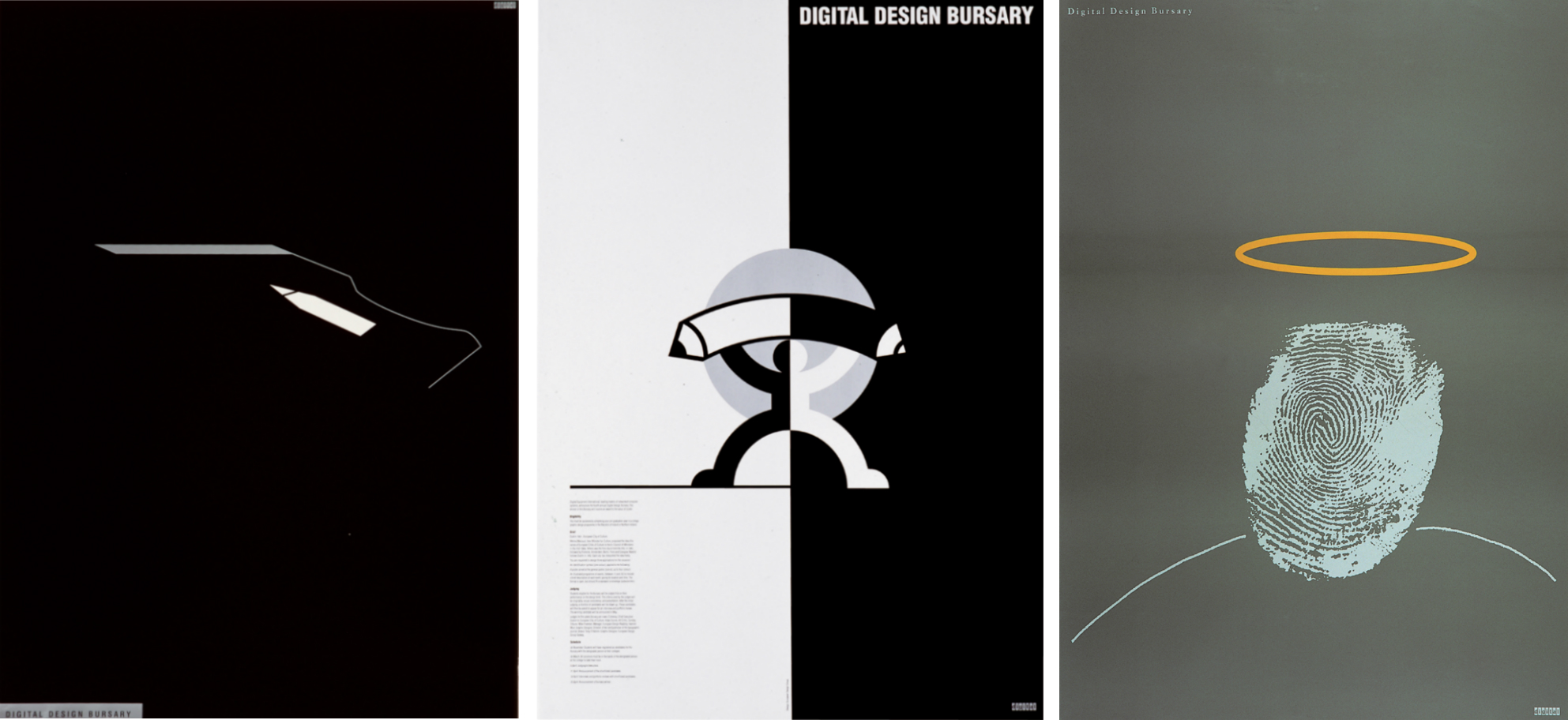
This ethos also led to the establishment of the Digital Design Bursary, as part of the organisation's educational programme. Keen to make connections with the design colleges, the initiative, spearheaded by Tony, gave students both financial incentives and the opportunity of placement in the Corporate Design Group in Massachusetts, USA. Using his contacts, he managed to interest reputable international adjudicators, such as Brian Cronin, Ken Garland, Hamish Muir, Helmut Langer and Peter Wildbur. An important role was also played by designers from the Irish design community and EDG designers at the time – namely, Alan Brown, Kevin Boyle and Lorenzo Tonti. The bursary assisted in bringing Irish design education to wider international attention. It was during this period that Tony served as external examiner to both the Belfast School of Art & Design and to the Dublin Institute of Technology.
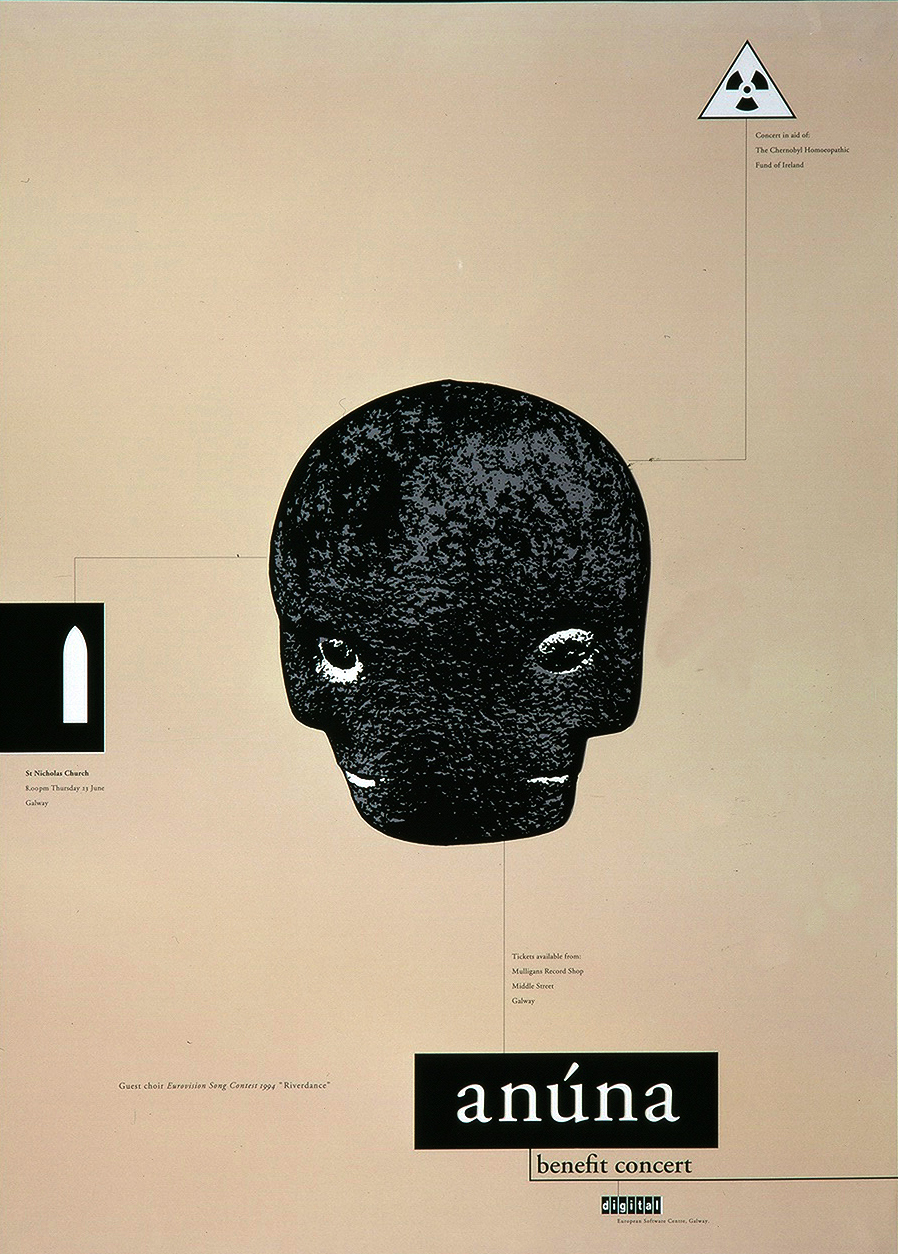
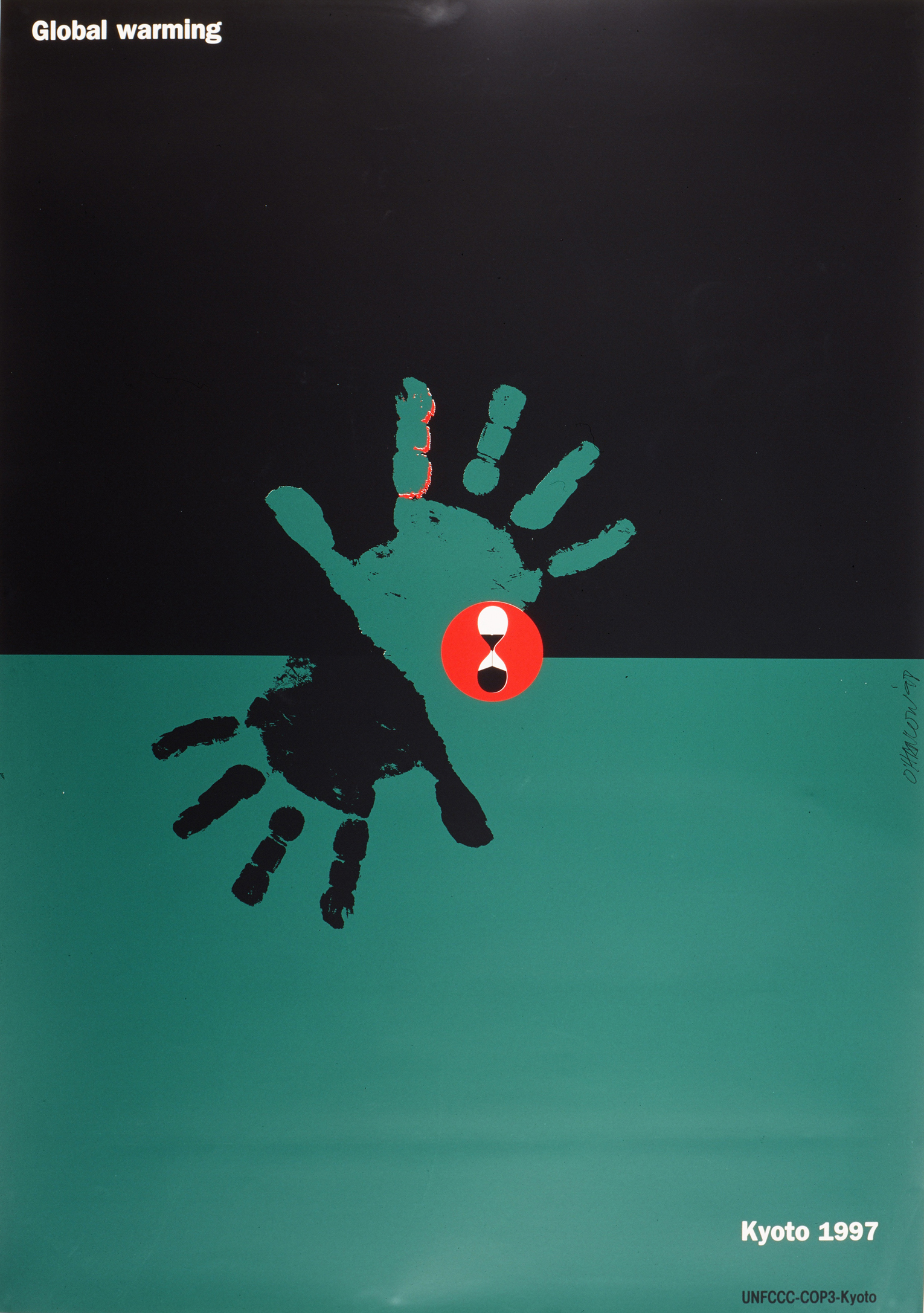
By 1998, however, the business culture of Digital was changing significantly as it was being taken over by Compaq. Tony could see that design support would no longer be held in the same regard. During the ’90s, he continued to be invited to represent Ireland at many design exhibitions and cultural initiatives, the most interesting of these being the Berthold Brecht 100 Plakate, Berlin; the Litfass Biennale, Munich and the Paris Mint Commission. “I find posters the most challenging. With complete freedom comes so much indecision and questioning. In the end, I guess Charlie Chaplin had the right idea. The best way to entertain the public is first to entertain yourself.”
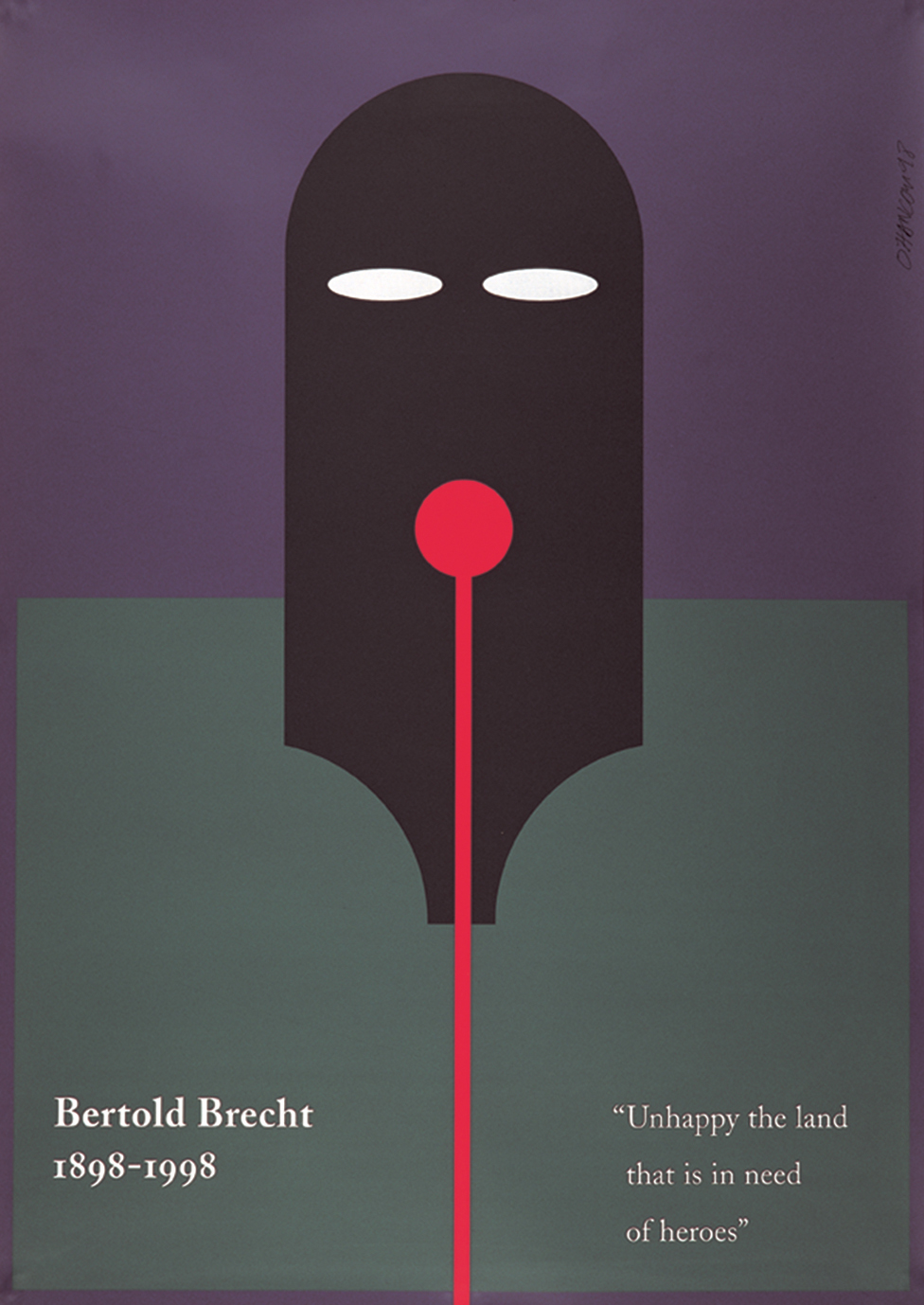
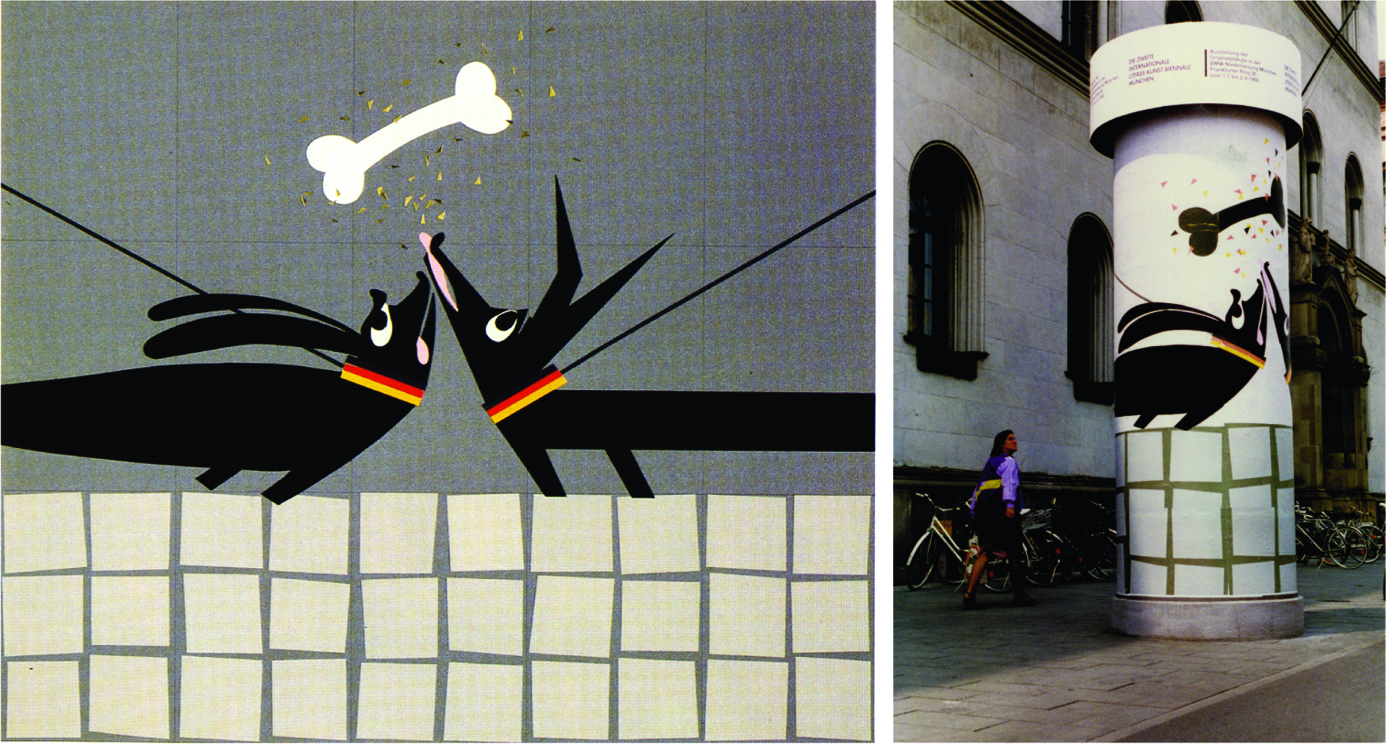
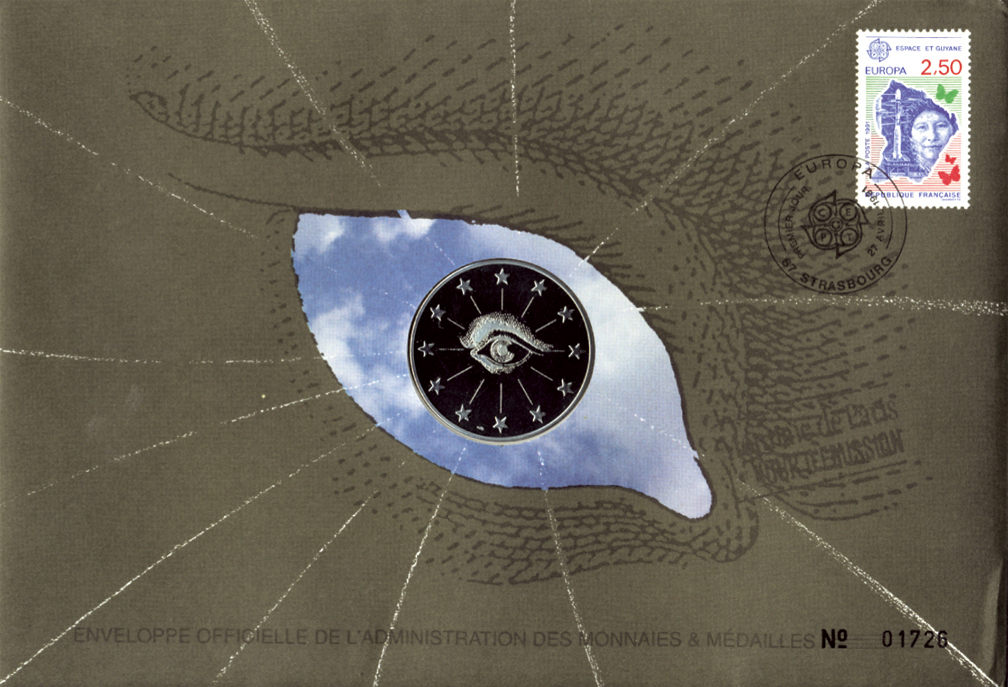
Propeller
In 2000, Tony left Compaq to set up the practice Propeller with designer Peggy McConnell, his partner. “We work independently and are responsible for our own clients. Essentially, it’s a two-person operation.”
Tony’s work is held in high regards in the arts and educational sectors and he considers himself primarily a book designer. “It’s always a privilege to be asked to design a book”, he says. “There’s a flexibility around how you handle the work. It’s like a complex jigsaw, with so many components to get right and work alongside each other. The process changes, of course, with technology and time but the constant is understanding the narrative and the relationships in a text. No matter how complicated the subject, it’s necessary to analyse the text and understand the linkages. So many books appear over-designed, as though the design approach has been shoehorned into it. It’s a solitary business but the process is always interesting. It’s difficult explaining decisions to an author but, if it is right, the end-result looks seamless. Recently, I read an interview with a designer in which he related a story about how he had managed to convince a poet to re-write the last line of a poem in order to avoid a widow. Now that might be taking things a bit too far!”
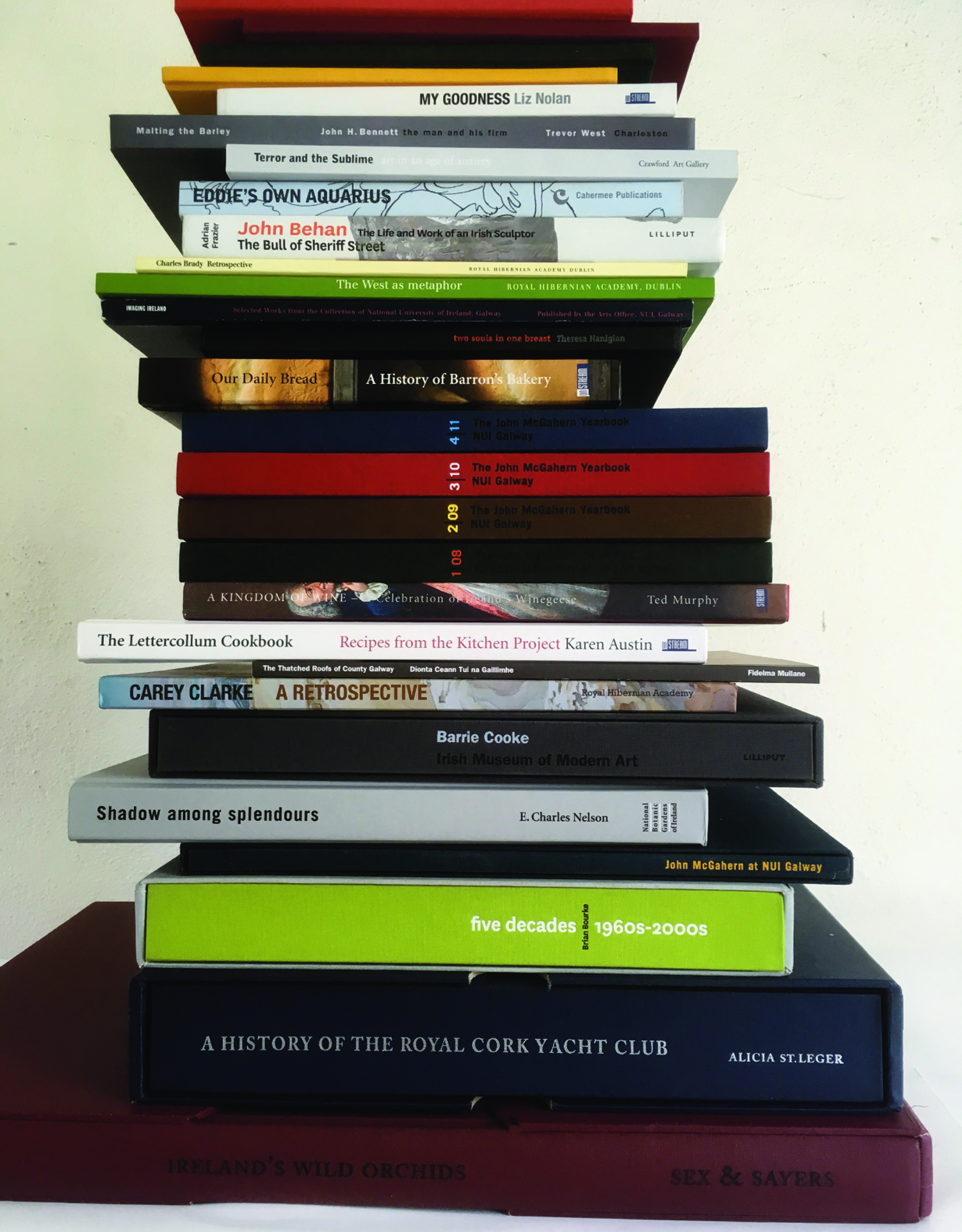
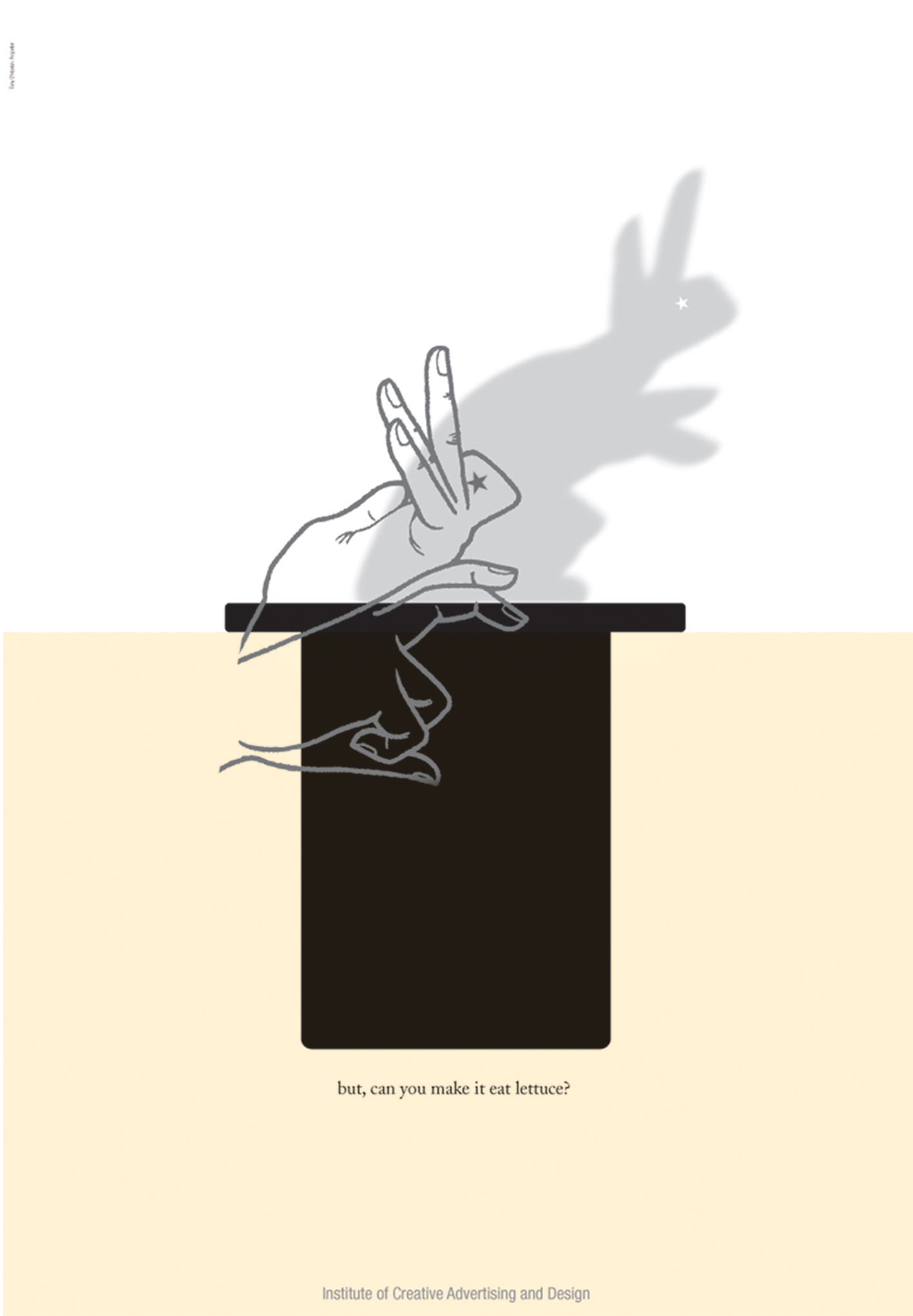
A significant skill that Tony has honed over the years is his ability to layer cultural references that add depth and interest to his work. An example of this is the John McGahern Yearbooks, which Tony produced for the National University of Ireland, Galway. Based on the archive, bequeathed to the University by McGahern’s wife and working with Dr John Kenny, a series of four books on the author and his work was published to coincide with the McGahern Summer School in Leitrim. Tony regards the project as very much a collaboration, as it allowed him to visually interpret the information from both the seminars and the archive to bring together a layered and coherent narrative to a wide selection of writings, poetry and photography.
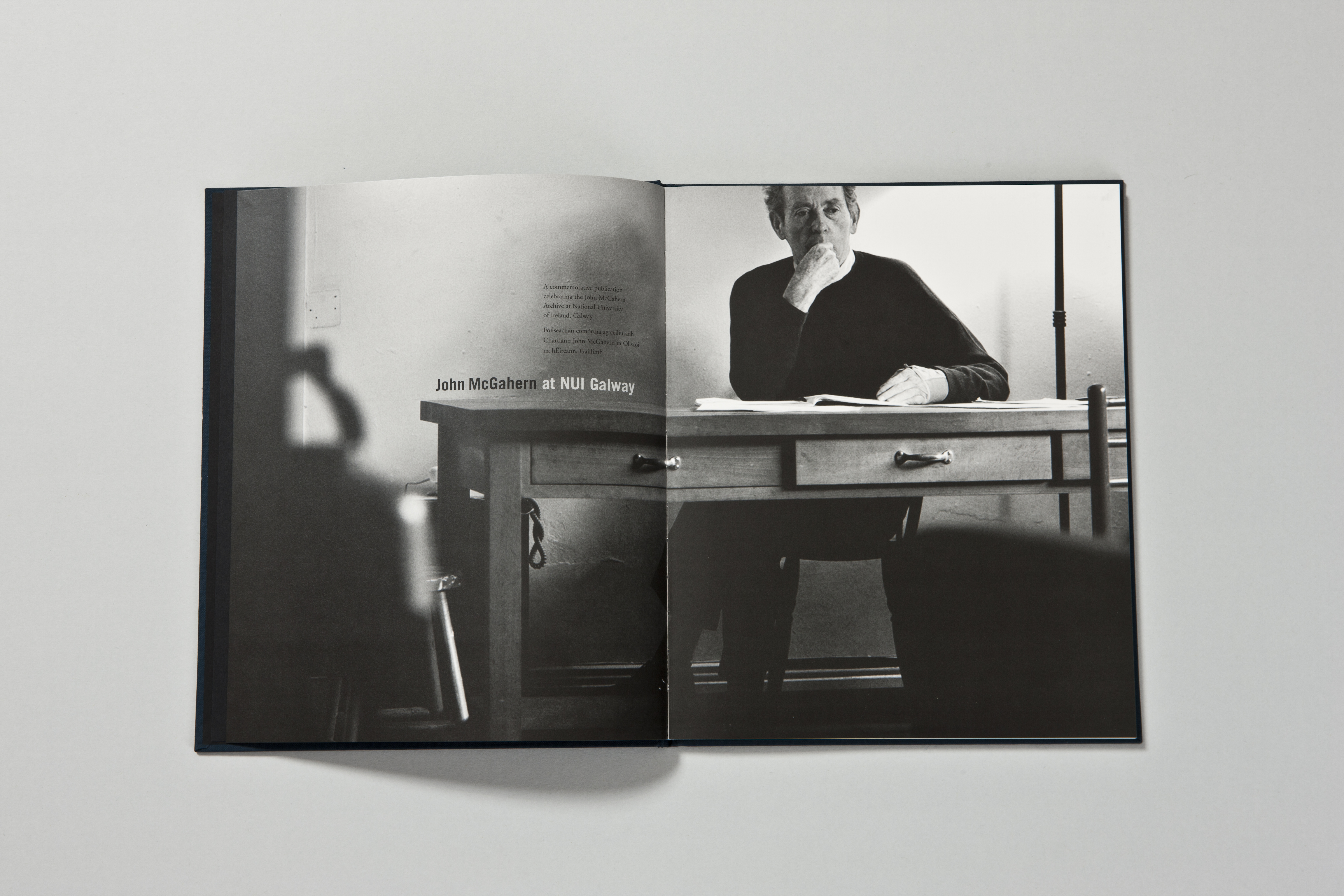
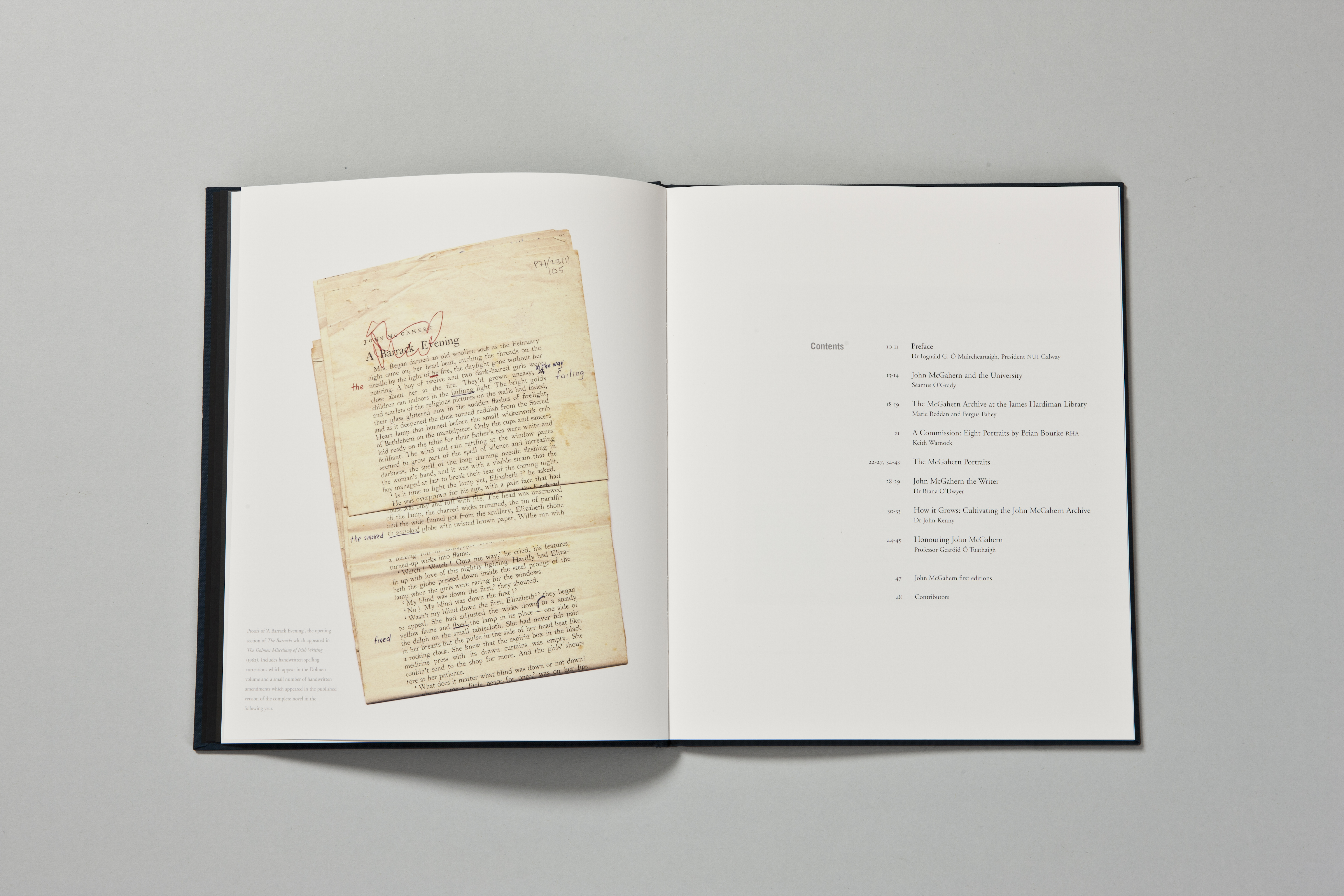
More recently, he has worked with artist Theresa Nanigian on a number of collaborations. ‘Travelogue’ was a public art commission based on the undocumented tales of passengers in their daily commute on all forms of public transport, including Dublin Bus, Iarnród Éireann, Bus Éireann, Luas, taxis and Dublinbikes. As Nanigian explains, “The narratives that emerged from this nine-month investigation are heart-warming, poignant and often hilarious. They were the quiet confessions told to taxi drivers from the back seat of the cab, stories of lost luggage and lost souls, small acts of charity and heroic gestures of empathy. Travelogue was a demonstration of the wit and humanity of the people of Dublin as they travel around the capital city.” Each story took the form of a poster and was applied across all forms of public transport.

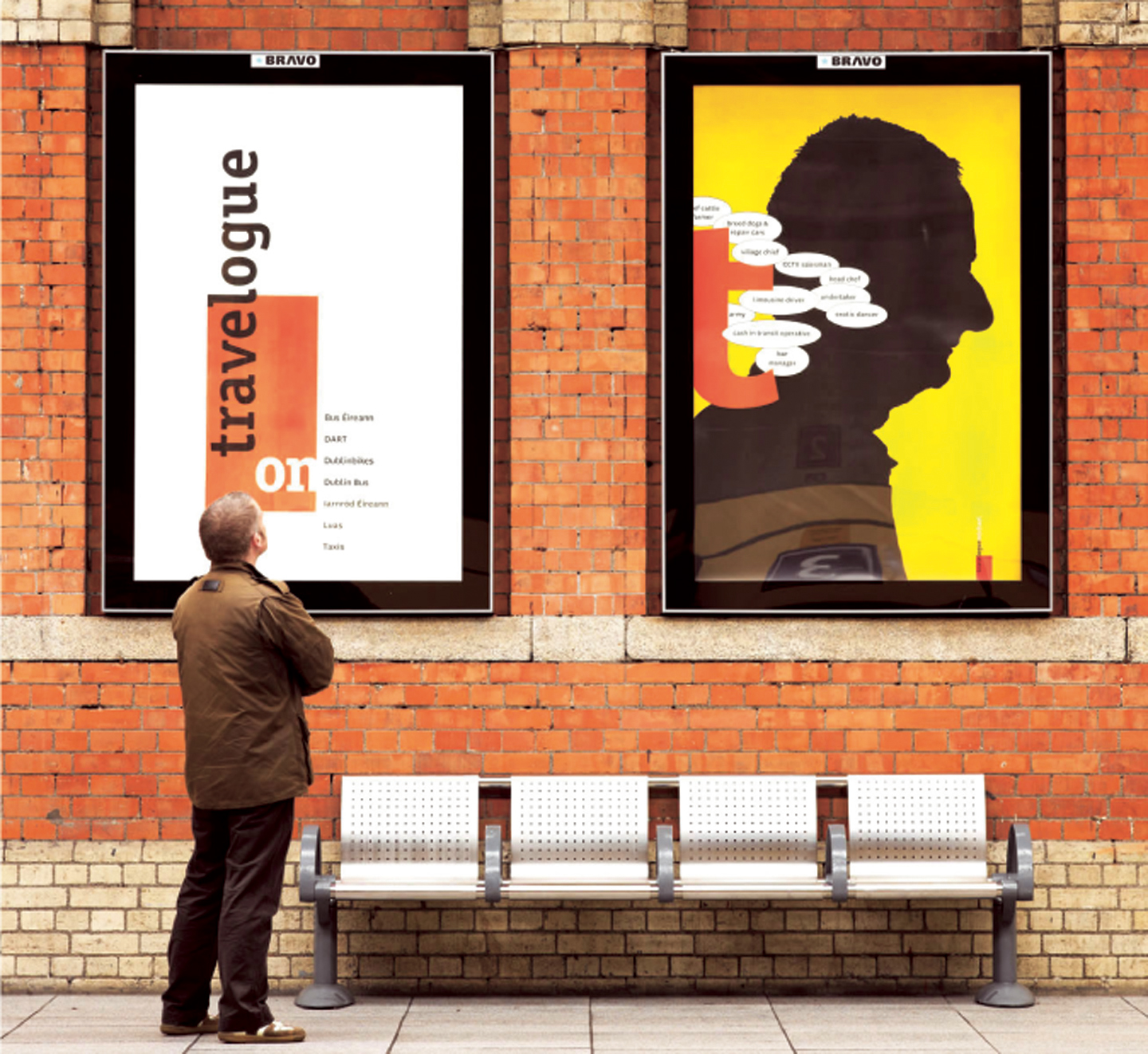
With the design landscape constantly changing, how does this highly regarded Irish designer see his work and his attitude evolving? “Large illustrated books for artists were reasonably frequent visitors to the studio prior to the downturn. Now, the scale and extent of the production has been significantly curtailed. Clients too have now had to face into new more stringent challenges to appropriate funding for projects. Expectations have gone up and fees down! The business of working with the people who commission is always challenging. Long term and collaborative relationships appear to be the way forward. I think I have learned to listen more and say the word ‘no’ more often,” says Tony.
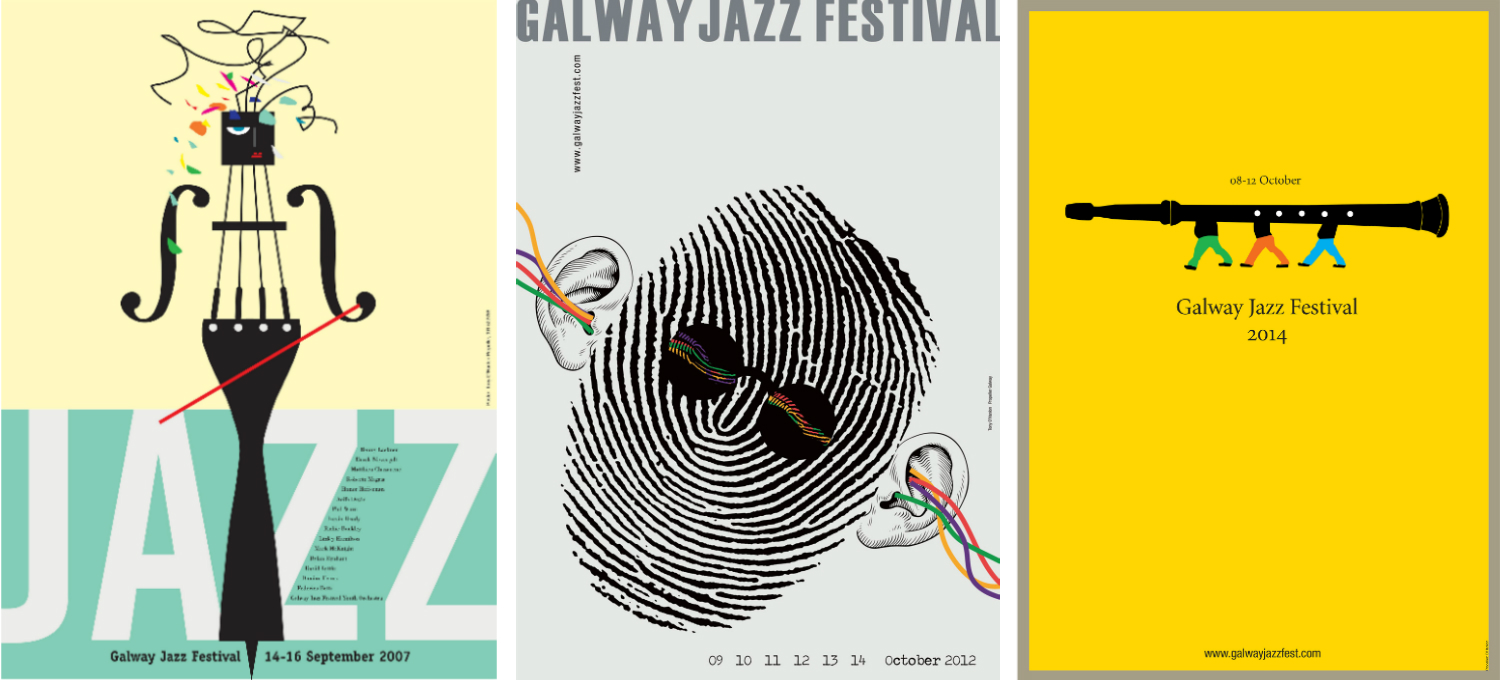
What is most striking about the man himself, however, is the passion that continues to drive his design projects – he still, genuinely, gets a kick out of the creative process and the challenges it presents. “I still get excited over the simple stuff, yes – pushing stuff around on a sheet, the structure of a layout, the right font for the narrative, impression, the smell of ink on paper, the paper budget on a book, and still fool myself into thinking that these are life and death issues… well, maybe they are.”